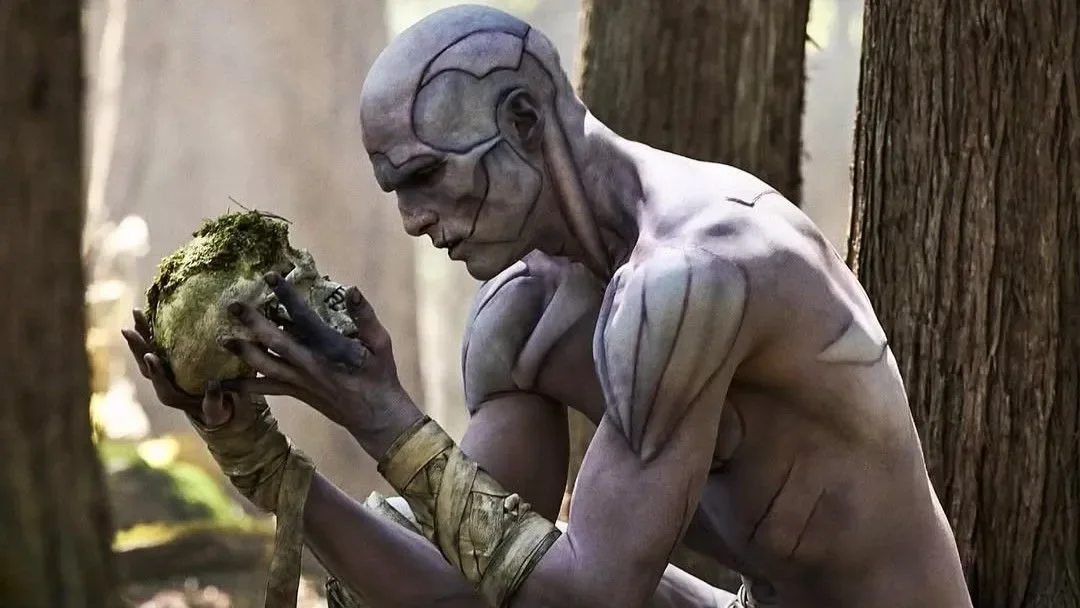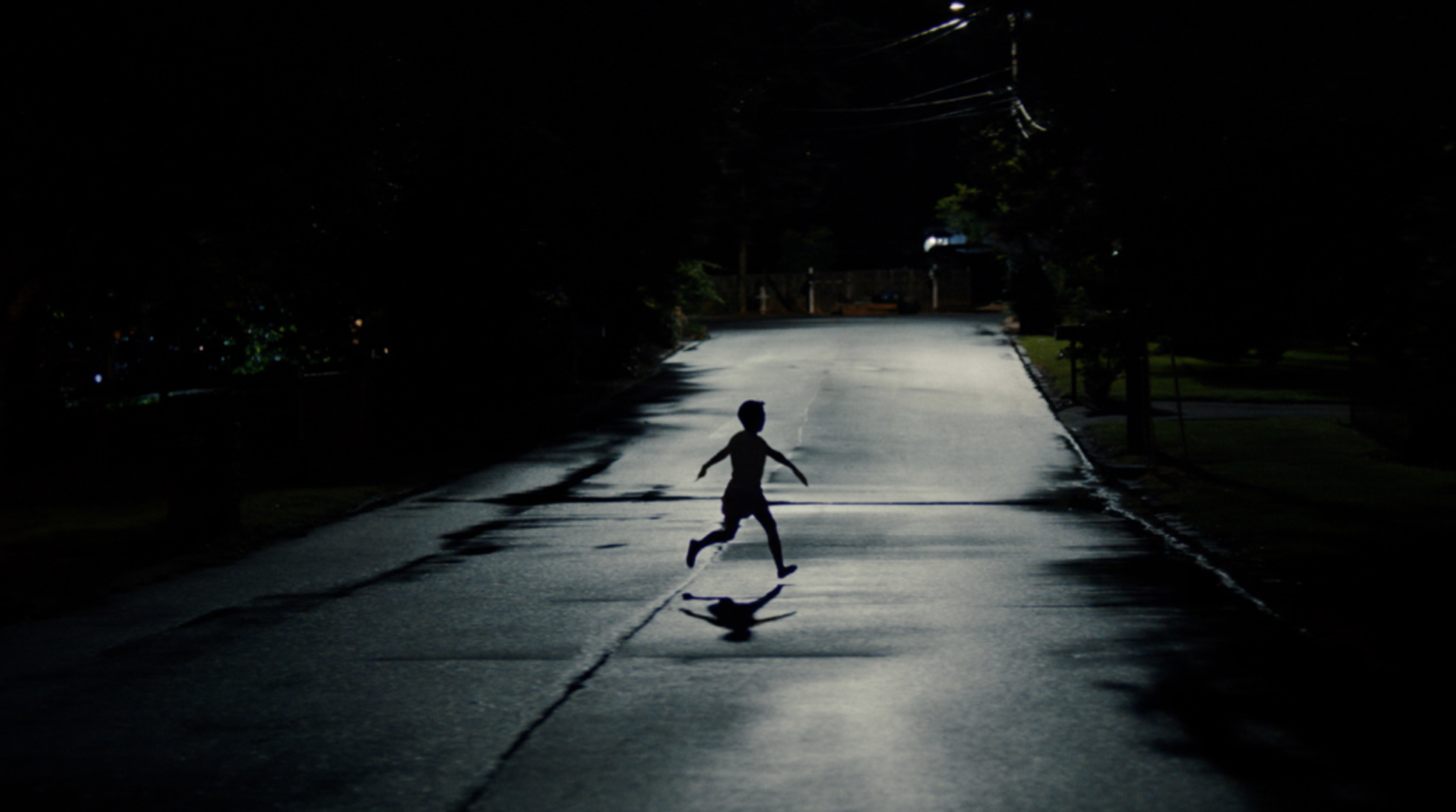FRANKENSTEIN
Directing: B-
Acting: B
Writing: B
Cinematography: B
Editing: B-
Special Effects: C-
We need to start by discussing how terribly miscast Jacob Elordi is as “The Creature” in Guillermo del Toro’s Frankenstein. Not because he’s bad—he’s actually a talented actor. But, and stay with me here, because he’s too hot. I’m not sure what del Toro was thinking. Did he think that just because Elordi is 6’5”, that would make him a frightening and imposing figure? Hardly. He’s far too youthful, too healthy looking, too strapping—and more than anything, too thin. This movie should have been called Frankentwink.
Indeed, once The Creature is brought to life, by this story’s namesake, Victor Frankenstein (Oscar Isaac), we are treated to a memorably large number of shots of Hot Creature in little more than what looks like a sort of mummy-loincloth. I found this distracting enough to hope there is a costume design featurette somewhere called “Frankenstein’s Bulge.”
If you have been living under a rock for the past 207 years and don’t know this, The Creature is made up of the body parts of many different cadavers, assembled into a new being. Whenever injured, his wounds heal with magical swiftness—in this film it’s nearly instant, as opposed to the weeks it takes in Mary Shelley’s original 1818 novel. So, I suppose we’re not meant to think of his flesh as rotting. The Creature is not a zombie. He just can’t die. I still can’t imagine he smells great. He’s too hot in this movie for that to matter, Elordi’s whole body made up to look unsettlingly like an assemblage of disparate body parts. Except that Dr. Frankenstein finds all these different body parts from recently killed soldiers in battle. How did he get them all so perfectly proportioned?
Frankenstein does direct his assistance in the search to find larger bodies, “for scale.” Perhaps you could argue that most such men would indeed be young. This is a change from the novel, in which the body parts are found in charnel houses, slaughterhouses, and graves. I just keep thinking about the idea of The Creature being terrifying. You’d expect such a being to be both tall and thick. I saw Jacob Elordi’s Creature character and I just wanted him to spoon me.
He does have superhuman strength, so I guess I’d have to concede that can be scary, even if it’s an adorable 6’5” 28-year-old. Del Toro is far too indulgent with a lot of these details in this adaptation, however—at one point, The Creature single-handedly frees a dutch sailing ship from the clutches of arctic ice.
And this is where we must move on to the other marks against del Toro’s Frankenstein—namely, how indulgent it is, but also its truly terrible special effects. It does have impressively detailed period production design, but it’s also packed with truly subpar CGI. Fire in particular looks terrible in this movie, whether it’s from a giant explosion or just flames on candles. It practically looks animated. This film had a budget of $120 million; did they spend it only on production design and cast salaries?
It’s also too long, clocking in at two and a half hours. Ten minutes of this are the end credits; another ten are the “Prelude” We otherwise get “Part 1,” which lasts about 80 minutes and is narrated by Dr. Frankenstein; “Part 2” makes up the remaining 49 minutes and is narrated by The Creature. Jacob Elordi’s distracting hotness aside, The Creature’s section is by far the most compelling, as written by del Toro himself in his singlehanded script adaptation. I just wish it wasn’t so often bogged down by such bad special effects, as in one scene in which The Creature is attacked by a pack of wolves who might as well have been pixelated, they are so obviously not real. What the hell are we watching here, The Twilight Saga: New Moon?
I don’t know why it’s so hard for anyone to make a decent modern cinematic adaptation of Frankenstein. Kenneth Branagh’s 1994 film Mary Shelley’s Frankenstein is so awful that I have never been able to tolerate more than half of it before turning it off to end my misery. To Guillermo del Toro’s credit, this 2025 Frankenstein is far better than that, but that bar is in the basement. At least I was still relatively entertained by this movie, my many complaints about it notwithstanding. Some trimming, particularly of the overlong Part 1 from Dr. Frankenstein’s perspective, would have improved it. I did like that, when the perspective switches, it still continues The Creature’s story right where Dr. Frankenstein’s left off, rather than rehashing anything we’ve already seen.
This film does waste some other major talent, though. Christoph Waltz plays Harlander, Dr. Frankenstein’s benefactor, but he’s just never a very compelling character. Mia Goth is cast as Elizabeth, Harlander’s niece who is also engaged to Dr. Frankenstein’s younger brother William (Felix Kammerer), but all she ever does is dote over The Creature as the only character who ever has any fully informed empathy for him. Goth has made a career of playing fantastic freaks, and this character is just too normal for her. We even get Charles Dance, gone after just a few scenes as Victor and William’s authoritarian father; and Lars Mikkelsen (Mads’s brother) as the captain of the aforementioned Dutch ship. The most interesting of these older character actors in the film is David Bradley (best known as Argust Filch in the Harry Potter films), as the blind man who treats The Creature with kindness and no judgment because he cannot see him.
Finally, and this is where I get a little more nitpicky, there are the lapses in logic, such as when The Creature, in pursuit of revenge against Dr. Frankenstein, allows a stick of dynamite to blow up in his hands. The resulting explosion is huge, the shockwave alone hurling Dr. Frankenstein’s body like a rag doll, and yet The Creature remains standing, unbroken. This would not have at least dismembered him? I suppose I can’t expect a story that ignores science to pay attention to simple physics.
Frankenstein is now streaming on Netflix, and there are multiple reasons why this is a huge part of what kept the film from realizing the potential it clearly had. Netflix has a reputation for allowing auteurs to realize their full vision, and on the one hand that is to be commended. On the other hand, it also means that filmmakers don’t get any notes when maybe they needed some. Had this film gotten a full theatrical release, it might just have gotten some much-needed guardrails. Would The Creature still have been played by Jacob Elordi? Probably, just because he’s a hot young star. The Creature should be a genuinely grotesque being with heart, though—not a young hunk cosplaying as a loinclothed monster like some dude at the West Hollywood Halloween parade. Frankenstein’s monster should elicit pity, not lechery.
Choke me Frankendaddy
Overall: B-










